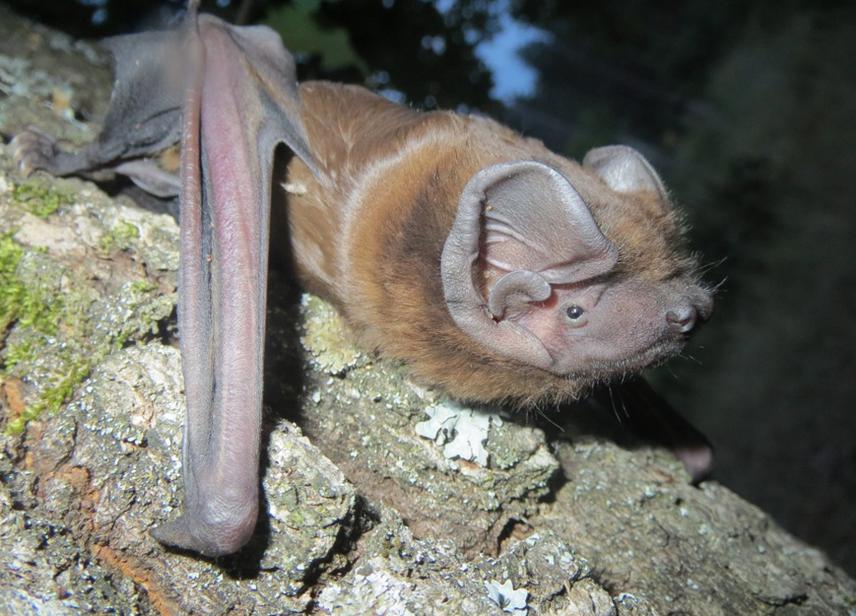Anton Vlaschenko
Other projects
3 Sep 2012
Nyctalus lasiopterus in the Eastern Europe: Inventory of Current Status, Proposals to Revise the Species Status in IUCN Red List and Conservation
13 Feb 2017
Conservation and Monitoring of Nyctalus lasiopterus in the Eastern Part of the Species Distribution Range
The project could be estimated like successful after realization the following two objectives:
1) to check localities of Ukraine where Greater Noctule was found in past in Ukraine (5 loc.);
2) to study deeply the locality in Chernobyl Zone where Greater Noctule was found in 2009 (including study of roost sites).

N. lasiopterus from Voronezhsky Reserve. © Kseniia Kravchenko.
Greater Noctule (Nyctalus lasiopterus) is one of the rarest bat species in Europe. 29–30.07.2009 in Chernobyl Exclusion Zone (the North Ukraine) a young male of Greater Noctule was caught. It was the first record of this species in Ukraine after more than 50 years. We have analyzed all available data (since 1898 till now) on Greater Noctule in Ukraine. Our data suggest that population of Greater Noctule is in Ukraine in critical condition. The distance between outermost localities in Ukraine where the Greater Noctule was ever found in breeding season is near 770 km W–E and 280 km N–S, amounting to near 200 000 km2 of total area in the middle of XX century.
However, only one specimen was found there after that. It exhibits that population of Greater Noctule either is in critical state, or unstudied. Data on Gomolshansky Forest (Kharkov region, the North-Eastern Ukraine) suggest that situation is really critical, as over a 40–80 years period Greater Noctule gradually disappeared from the Forest. Information from IUCN website in Greater Noctule concern is limited: “The population trend is unknown” and “More information is needed on population size and trends, ecology, and potential threats.”
The project could be estimated like successful after realization the following two objectives:
1) to check localities of Ukraine where Greater Noctule was found in past in Ukraine (5 loc.);
2) to study deeply the locality in Chernobyl Zone where Greater Noctule was found in 2009 (including study of roost sites).
The long-lasting result will include concrete information about GN status and population trend in Ukraine that could be used for revision of IUCN Red List Status of the species.